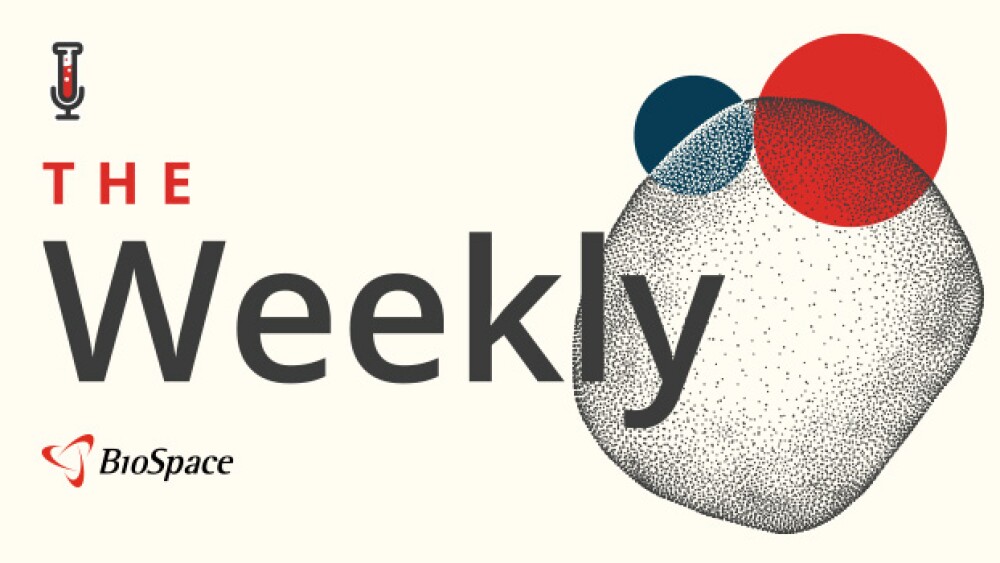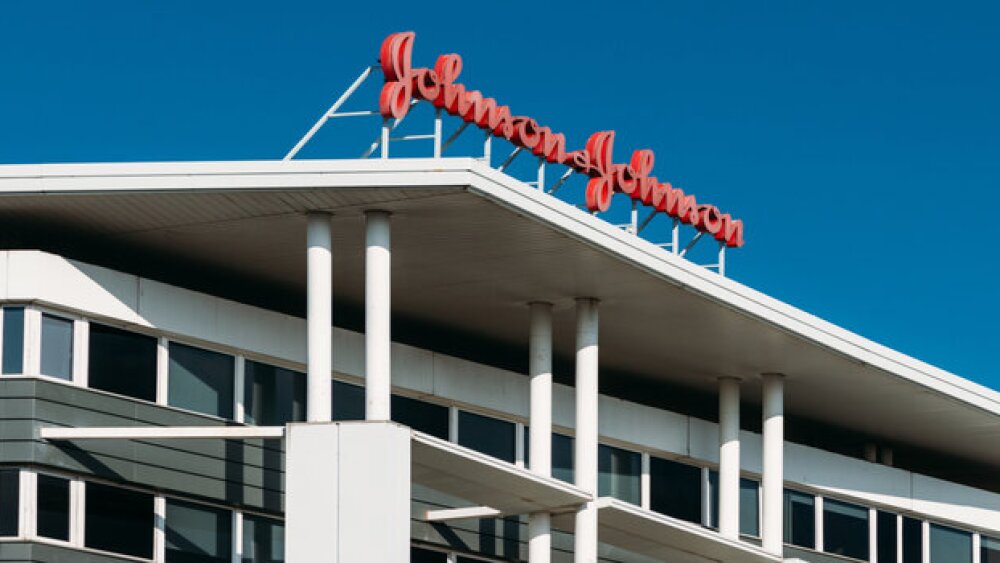Broad-Spectrum Antiviral NV-387 Phase II Clinical Trial Responding to MPox Pandemic in Africa, Readying to Tackle Bird Flu
SHELTON, CT / ACCESS Newswire / February 19, 2025 / NanoViricides, Inc. (NYSE American:NNVC) (the “Company”), reports that it has filed its Quarterly Report on Form 10-Q for the quarter ending December 31, 2024 with the Securities and Exchange Commission (SEC) on Friday, February 14, 2025. The report can be accessed at the SEC website (https://www.sec.gov/Archives/edgar/data/1379006/000141057825000140/nnvc-20241231x10q.htm) .
Company Financials
We reported that, as of December 31, 2024, we had cash and cash equivalent current assets balance of approximately $3.96 Million. In addition, we reported approximately $7.17 Million in Net Property and Equipment (P&E) assets (after depreciation). The strong P&E assets comprise our cGMP-capable manufacturing and R&D facility in Shelton, CT. The total current liabilities were approximately $1.18 Million.
The net cash utilized during the six months ended December 31, 2024 was approximately $4.79 million. This included certain non-recurring expenditures including R&D expenditures in preparation for a Phase II clinical trial application. We raised approximately $4 million net of commission and certain expenses in an At-the-Market offering (“ATM”) during the six months ended December 31, 2024.
We have approximately $7.5 million (approximately $6.3 million net of current liabilities) available for cash operational expenses going forward that includes an ATM raise of approximately $0.47 million and an available line of credit of $3 million provided by our founder and President Dr. Anil Diwan. As such, we reported that we do not have sufficient funding in hand to continue operations through February 14, 2026, for our planned objectives that include (i) a Phase II clinical trial of NV-387 for MPOX infection in Central Africa, (ii) a Phase II clinical trial of NV-387 for Viral Acute and Severe Acute Respiratory Infections (V-ARI and V-SARI), and (iii) Preparation and pre-IND filing for a Phase II clinical trial of NV-387 for RSV indication in the USA. We continue to re-prioritize our programs in line with available resources.
NV-387 - Phase II Clinical Trial to Treat MPox Infection - Unmet Medical Need
We have retained a Clinical Research Organization (CRO) to help with organizing and executing a Phase II clinical trial of NV-387 for the treatment of MPox infection in Central Africa. Clinical trial sites in two different countries have been identified and are being engaged. We are now preparing the clinical trial applications to be filed to the regional regulatory agencies.
There is no drug available for the treatment of MPox infection. The MPox Clade 1/1b has a substantially greater fatality rate than COVID, at 3-4%, and it has been disproportionately affecting pediatric populations.
The MPox Clade 1/1b infection has been declared a Public Health Emergency of International Concern (PHEIC) by the WHO. Spillover cases have occurred in several Eastern and Western countries already, raising the probability that the epidemic may spread more widely, although the current MPox virus is not as communicable as coronaviruses.
MPox/Smallpox drug represents a billion dollar market globally, should an effective drug be developed.
NV-387 - Phase I Clinical Trial Completed Successfully with No Reported Adverse Events
NV-387 has successfully completed a Phase Ia/Ib clinical trial in healthy subjects with all subjects discharged as of end of December, 2023. There were no adverse events reported. We are now awaiting a final report of this Phase I clinical trial.
NV-387 Preparing to Respond to Bird Flu
Bird Flu H5N1 in two different genotypes is now widely distributed in the USA and Canada in wild birds, backyard birds, poultry farms, as well as dairy herds. Infections in pets are being reported increasingly. At least 68 human cases have been confirmed, primarily in dairy workers and also veterinarians. Two sever cases, one fatal and one recovery after lengthy hospitalization, have occurred, both due to the more severe H5N1 D1.1 genotype. While the virus has not acquired ability to easily transmit from human to human, this ability is now known to be only a few mutations away.
The rapid mutation rate of the virus (faster than coronaviruses) suggests that vaccines will be far behind the virus and therefore would not provide a sufficiently effective countermeasure.
While Tamiflu (oseltamivir) is currently supposed to be active against the virus, its effectiveness is limited as found in the two severe cases, and a virus resistant to all currently available drugs could rapidly arise if the virus mutates and acquires rapid human to human transmission traits.
NV-387, unlike vaccines, antibodies and existing small chemical drugs, is a broad-spectrum antiviral that the H5N1 virus is unlikely to escape despite genetic changes in the virus. This is because NV-387 mimics a host-side feature that the virus needs in order to cause effective infection, no matter how much it changes.
NV-387 was found to be substantially superior in its activity against a lethal Influenza A H3N2 viral infection in animal models in comparison to the known anti-influenza drugs, oseltamivir (Tamiflu®), peramivir (Rapivab®), and baloxavir (Xofluza®).
Thus NV-387 offers the best countermeasure against H5N1 pandemic threat.
With the confirmation of Health and Human Services Secretary Robert F. Kennedy Jr., we anticipate in a greater emphasis on developing broad-spectrum antivirals that the virus cannot escape in oder to combat potential pandemics. The COVID experience has also generated wide-spread and well-deserved skepticism in the general population regarding vaccines against rapidly changing infectious viruses such as H5N1.
NanoViricides will be ready for the challenge of H5N1 should this virus turn into a human epidemic or pandemic.
NV-387 A Potentially Revolutionary Antiviral Drug that the Viruses are Unlikely to Escape
Our host-mimetic, direct-acting, broad-spectrum, antiviral agent. NV-387 was found to have activity that surpassed the activity of known agents in lethal virus infection animal model trials for COVID, RSV, Influenza, and Mpox/Smallpox.
In fact, we found that NV-387 treatment possibly completely cured the lethal RSV infection in mice, based on indefinite survival of the animals with no lung pathology. There is currently no treatment for RSV infection. In particular, pediatric RSV infection treatment is an unmet medical need that we believe is of critical importance. Pediatric RSV treatment itself is expected to be a multi-billion-dollar market in the USA alone.
NV-387 treatment was found to be substantially superior to three approved anti-influenza drugs, namely, oseltamivir (Tamiflu®, Roche), peramivir (Rapivab®, Biocryst), and baloxavir (Xofluza®, Shionogi/Roche).
Additionally, NV-387 also demonstrated activity against lethal poxvirus infection animal models that was on par with or superior to the approved drug tecovirimat (TPOXX®, SIGA).
NV-387 acts by a mechanism that is significantly different compared to the tested existing antiviral agents for COVID, Influenza and Poxviruses.
This demonstrated broad-spectrum activity of NV-387 against widely varying viruses is because NV-387 is designed to attack the virus particle by mimicking sulfated proteoglycan (S-PG) feature, and all of these viruses are known to utilize heparan sulfate proteoglycans for gaining cell entry.
Further, for all of these tested viruses, even as the virus genome changes in the field, NV-387 is expected to continue to be effective, and the virus would be highly unlikely to escape NV-387. This is because despite all of the genomic changes, the virus continues to use HSPG, as is well known. Thus NV-387 solves the greatest problem in antiviral countermeasures; the problem of virus escape. Viruses are known to escape all of the current antiviral tools that include vaccines, antibodies, and small chemical drugs.
Thus we anticipate that NV-387 would revolutionize the treatment of viral infections reminiscent of how penicillin revolutionized the treatment of bacterial infections.
NV-387 Regulatory Strategy
In the ensuing year, we plan on advancing NV-387 into Phase II clinical trials. In addition to the Phase II clinical trial to assess effectiveness of NV-387 in treating MPox infections, we are also planning to advance NV-387 into a Phase II clinical trial for treatment of Viral Acute Respiratory Infections (V-ARI), and Viral Severe Acute Respiratory Infections (V-SARI). This clinical trial is expected to provide information on NV-387 effectiveness in treating Influenza viruses, Coronaviruses (including SARS-CoV-2/COVID) as well as RSV.
Thereafter we are planning a regulatory program for advancing NV-387 as the treatment of pediatric RSV infection.
We plan on advancing the regulatory processes for NV-387 registration for other indications including Influenza and COVID via partnerships and non-dilutive funding.
As we meet the milestones, we believe we will be able to raise financing for further regulatory activities for NV-387 registration via non-dilutive grant funding, partnership revenues, as well as equity-based funding.
NanoViricides, Inc. (the “Company”) (www.nanoviricides.com) is a clinical stage company that is creating special purpose nanomaterials for antiviral therapy. The Company’s novel nanoviricide™ class of drug candidates and the nanoviricide™ technology are based on intellectual property, technology and proprietary know-how of TheraCour Pharma, Inc. The Company has a Memorandum of Understanding with TheraCour for the development of drugs based on these technologies for all antiviral infections. The MoU does not include cancer and similar diseases that may have viral origin but require different kinds of treatments.
The Company has obtained broad, exclusive, sub-licensable, field licenses to drugs developed in several licensed fields from TheraCour Pharma, Inc. The Company’s business model is based on licensing technology from TheraCour Pharma Inc. for specific application verticals of specific viruses, as established at its foundation in 2005.
Our lead drug candidate is NV-387, a broad-spectrum antiviral drug that we plan to develop as a treatment of RSV, COVID, Long COVID, Influenza, and other respiratory viral infections, as well as MPOX/Smallpox infections. Our other advanced drug candidate is NV-HHV-1 for the treatment of Shingles. The Company cannot project an exact date for filing an IND for any of its drugs because of dependence on a number of external collaborators and consultants. The Company is currently focused on advancing NV-387 into Phase II human clinical trials.
The Company is also developing drugs against a number of viral diseases including oral and genital Herpes, viral diseases of the eye including EKC and herpes keratitis, H1N1 swine flu, H5N1 bird flu, seasonal Influenza, HIV, Hepatitis C, Rabies, Dengue fever, and Ebola virus, among others. NanoViricides’ platform technology and programs are based on the TheraCour® nanomedicine technology of TheraCour, which TheraCour licenses from AllExcel. NanoViricides holds a worldwide exclusive perpetual license to this technology for several drugs with specific targeting mechanisms in perpetuity for the treatment of the following human viral diseases: Human Immunodeficiency Virus (HIV/AIDS), Hepatitis B Virus (HBV), Hepatitis C Virus (HCV), Rabies, Herpes Simplex Virus (HSV-1 and HSV-2), Varicella-Zoster Virus (VZV), Influenza and Asian Bird Flu Virus, Dengue viruses, Japanese Encephalitis virus, West Nile Virus, Ebola/Marburg viruses, and certain Coronaviruses. The Company intends to obtain a license for RSV, Poxviruses, and/or Enteroviruses if the initial research is successful. As is customary, the Company must state the risk factor that the path to typical drug development of any pharmaceutical product is extremely lengthy and requires substantial capital. As with any drug development efforts by any company, there can be no assurance at this time that any of the Company’s pharmaceutical candidates would show sufficient effectiveness and safety for human clinical development. Further, there can be no assurance at this time that successful results against coronavirus in our lab will lead to successful clinical trials or a successful pharmaceutical product.
This press release contains forward-looking statements that reflect the Company’s current expectation regarding future events. Actual events could differ materially and substantially from those projected herein and depend on a number of factors. Certain statements in this release, and other written or oral statements made by NanoViricides, Inc. are “forward-looking statements” within the meaning of Section 27A of the Securities Act of 1933 and Section 21E of the Securities Exchange Act of 1934. You should not place undue reliance on forward-looking statements since they involve known and unknown risks, uncertainties and other factors which are, in some cases, beyond the Company’s control and which could, and likely will, materially affect actual results, levels of activity, performance or achievements. The Company assumes no obligation to publicly update or revise these forward-looking statements for any reason, or to update the reasons actual results could differ materially from those anticipated in these forward-looking statements, even if new information becomes available in the future. Important factors that could cause actual results to differ materially from the company’s expectations include, but are not limited to, those factors that are disclosed under the heading “Risk Factors” and elsewhere in documents filed by the company from time to time with the United States Securities and Exchange Commission and other regulatory authorities. Although it is not possible to predict or identify all such factors, they may include the following: demonstration and proof of principle in preclinical trials that a nanoviricide is safe and effective; successful development of our product candidates; our ability to seek and obtain regulatory approvals, including with respect to the indications we are seeking; the successful commercialization of our product candidates; and market acceptance of our products.
The phrases “safety”, “effectiveness” and equivalent phrases as used in this press release refer to research findings including clinical trials as the customary research usage and do not indicate evaluation of safety or effectiveness by the US FDA.
FDA refers to US Food and Drug Administration. IND application refers to “Investigational New Drug” application. cGMP refers to current Good Manufacturing Practices. CMC refers to “Chemistry, Manufacture, and Controls”. CHMP refers to the Committee for Medicinal Products for Human Use, which is the European Medicines Agency’s (EMA) committee responsible for human medicines. API stands for “Active Pharmaceutical Ingredient”. WHO is the World Health Organization. R&D refers to Research and Development.
Contact:
NanoViricides, Inc.
info@nanoviricides.com
Public Relations Contact:
ir@nanoviricides.com
SOURCE: NanoViricides, Inc.
View the original press release on ACCESS Newswire




